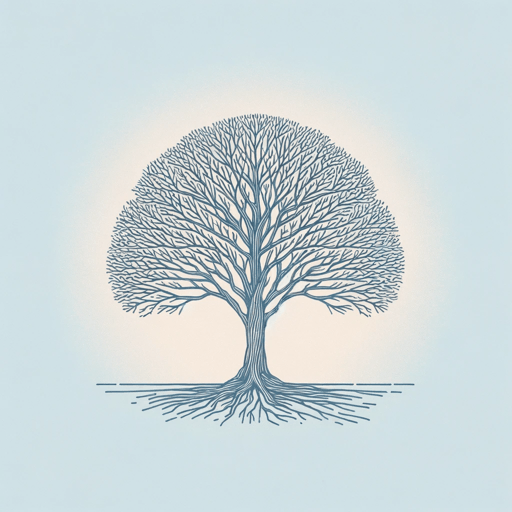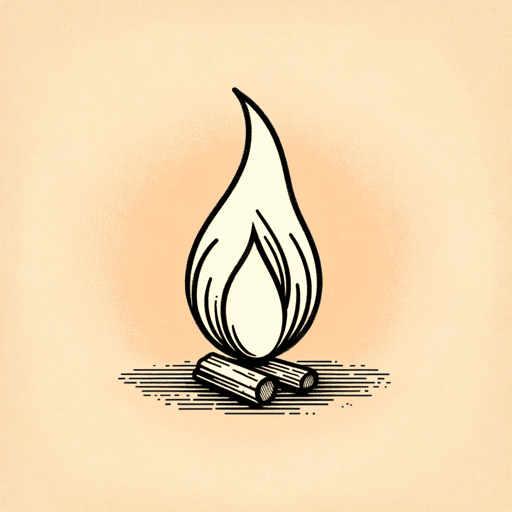19 pages • 38 minutes read
Robert HaydenFrederick Douglass
Fiction | Poem | Adult | Published in 1947A modern alternative to SparkNotes and CliffsNotes, SuperSummary offers high-quality Study Guides with detailed chapter summaries and analysis of major themes, characters, and more.
Symbols & Motifs
Air & Earth
The poem argues with a resilient optimism that Black Americans will one day be free. They will enjoy that “beautiful / terrible thing” (Lines 1-2). Someday, the poem argues, freedom will belong “at last to all” (Line 3). The poem uses air and the earth to symbolize freedom’s necessity and how wonderful it will be when Americans all enjoy freedom so readily, so easily that they do not even think about it. Because freedom itself is an abstract, the poem seeks to make immediate, concrete, and real the idea of being free.
Freedom is not a right. It’s not a privilege granted by some overarching authority or protected by some law. Freedom is no second-hand confirmation of a person’s cultural status or personal identity. Freedom is who, what, and how a person is. In Lines 2 and 3, the speaker says simply that freedom should be as immediate, as omnipresent, as assumed as the air and the earth itself. Within the spacious vision of Douglass himself, freedom someday will be as unremarkable as the air we breathe and the ground we walk on. After all, few stop and acknowledge the wonder of oxygen or the reliability and stability of the ground.
Related Titles
By Robert Hayden



